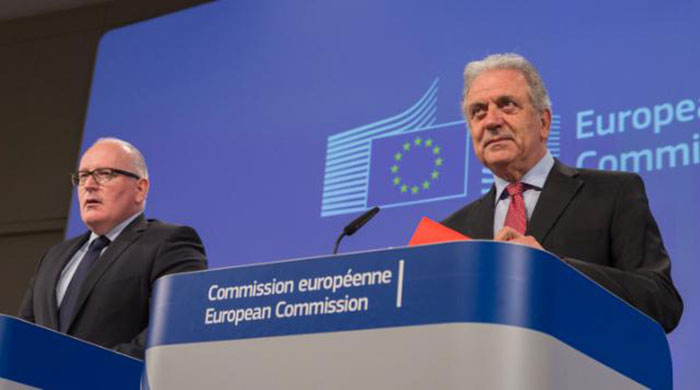Today the European Commission adopted a Communication launching the process for a reform of the Common European Asylum System (CEAS), presenting: options for a fair and sustainable system for allocating asylum applicants among Member States; a further harmonisation of asylum procedures and standards to create a level playing field across Europe and thereby reduce pull factors inducing measures to reduce irregular secondary movements; and a strengthening of the mandate of the European Asylum Support Office (EASO). At the same time, the Commission is setting out measures to ensure safe and well-managed pathways for legal migration to Europe.
First Vice-President Frans Timmermans said: “The refugee crisis has shown the weaknesses in our Common European Asylum System. Let there be no doubt: those who need protection must continue to receive it, and they should not have to put their lives in the hands of people smugglers. But the current system is not sustainable. Different national approaches have fuelled asylum shopping and irregular migration, while we have seen in the ongoing crisis that the Dublin rules have placed too much responsibility on just a few Member States. In the immediate term we have to apply the existing law to stabilise the situation. Beyond that, we need a sustainable system for the future, based on common rules, a fairer sharing of responsibility, and safe legal channels for those who need protection to get it in the EU.”
Migration and Home Affairs Commissioner Dimitris Avramopoulos said: “Human mobility will be an inherent feature of the 21st century. To address this challenge, Europe needs to set up a robust and effective Common European Asylum System, including Dublin, that is fair for Member States, EU citizens, migrants and countries of origin and transit. While the EU will continue to invest in its workforce and address unemployment, Europe also needs to enhance legal and safe channels for people who come into the EU, whether it is for protection or to work. Europe needs to attract talent from abroad to support its economic growth. Such reforms are a necessary complement to the actions undertaken to reduce irregular flows to and within Europe, and protecting our external borders. Finally, diversity is increasingly becoming a defining element of many communities and cities in the EU – we should embrace it and turn it into an opportunity through innovative integration policies.”



